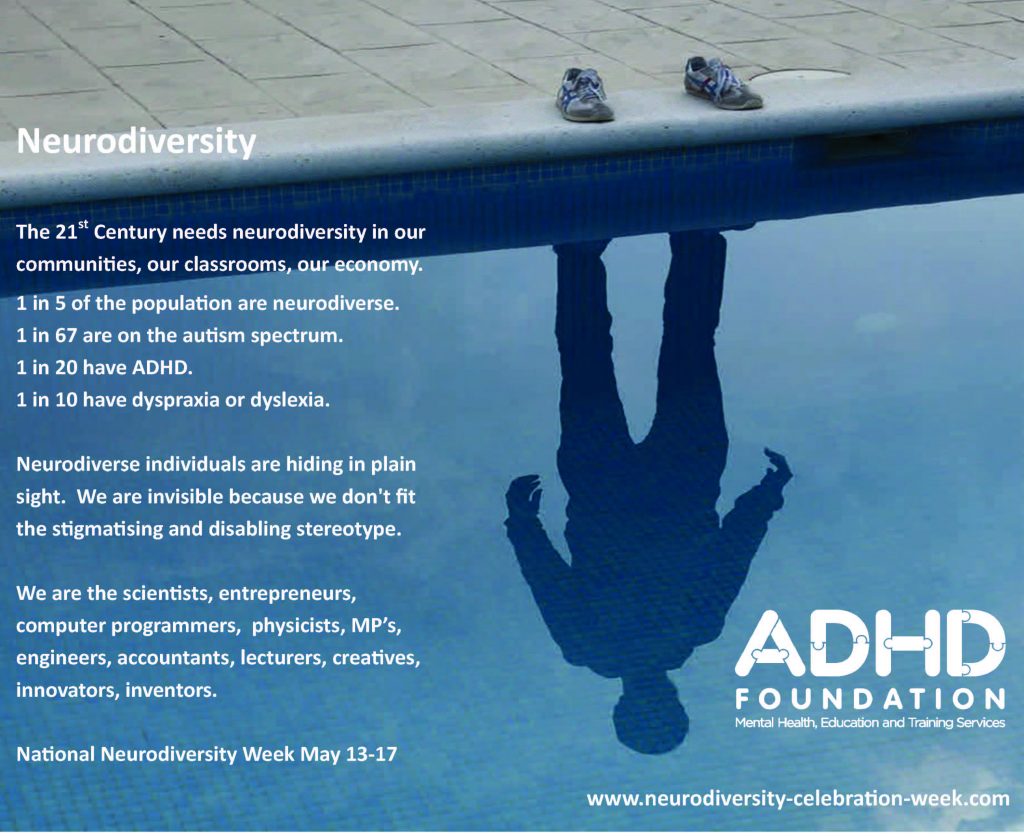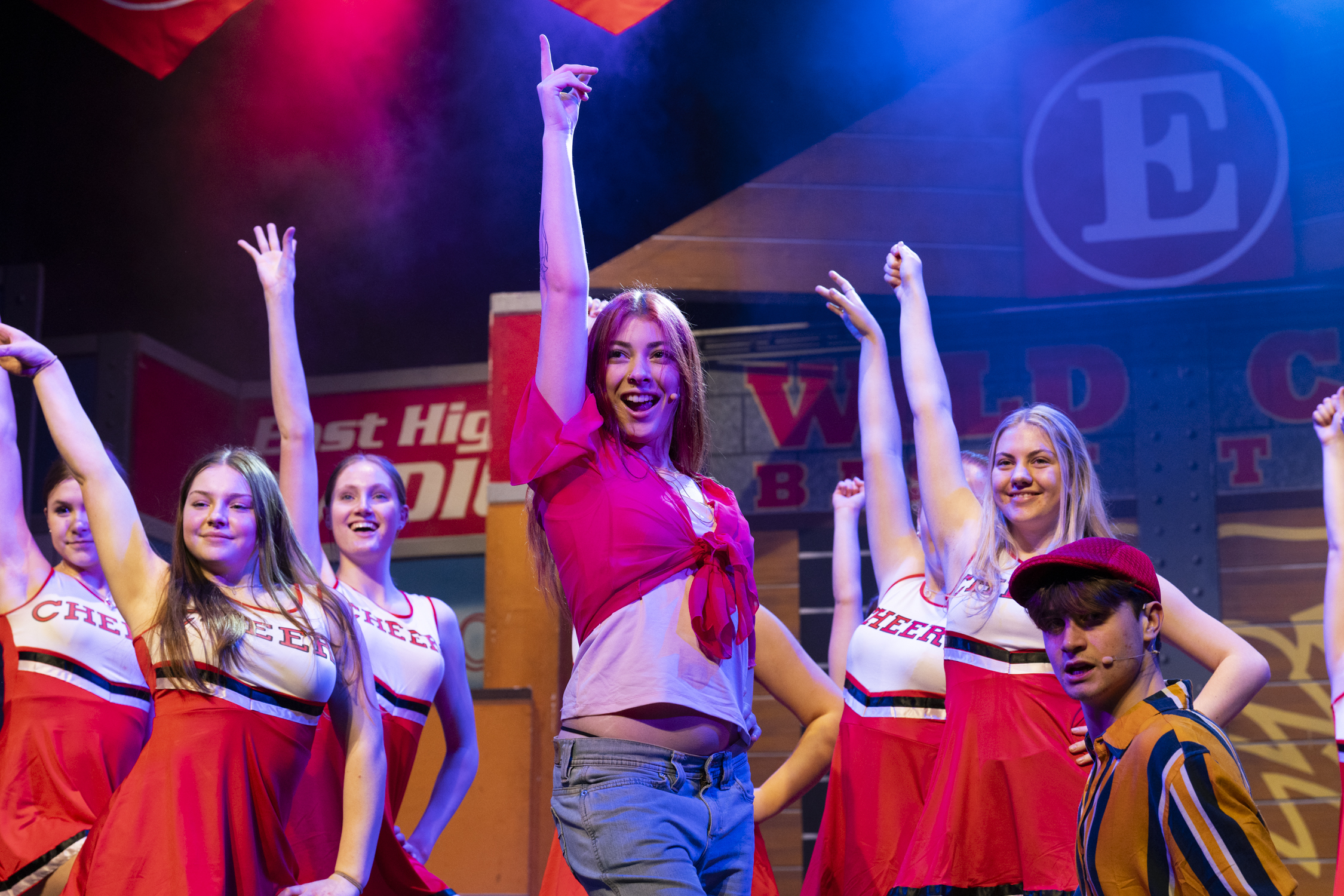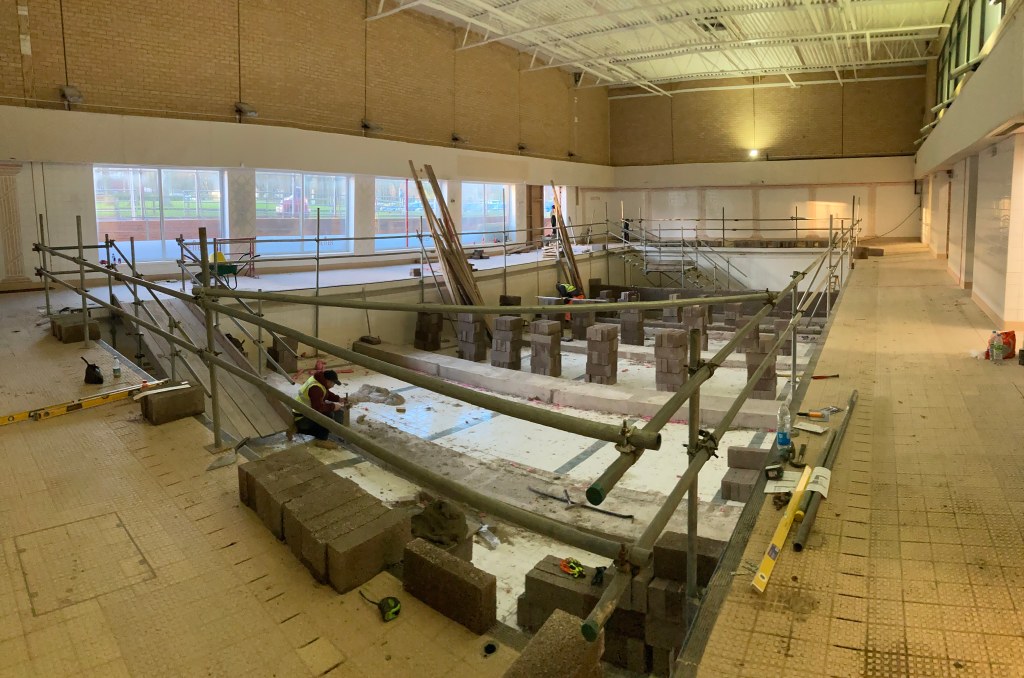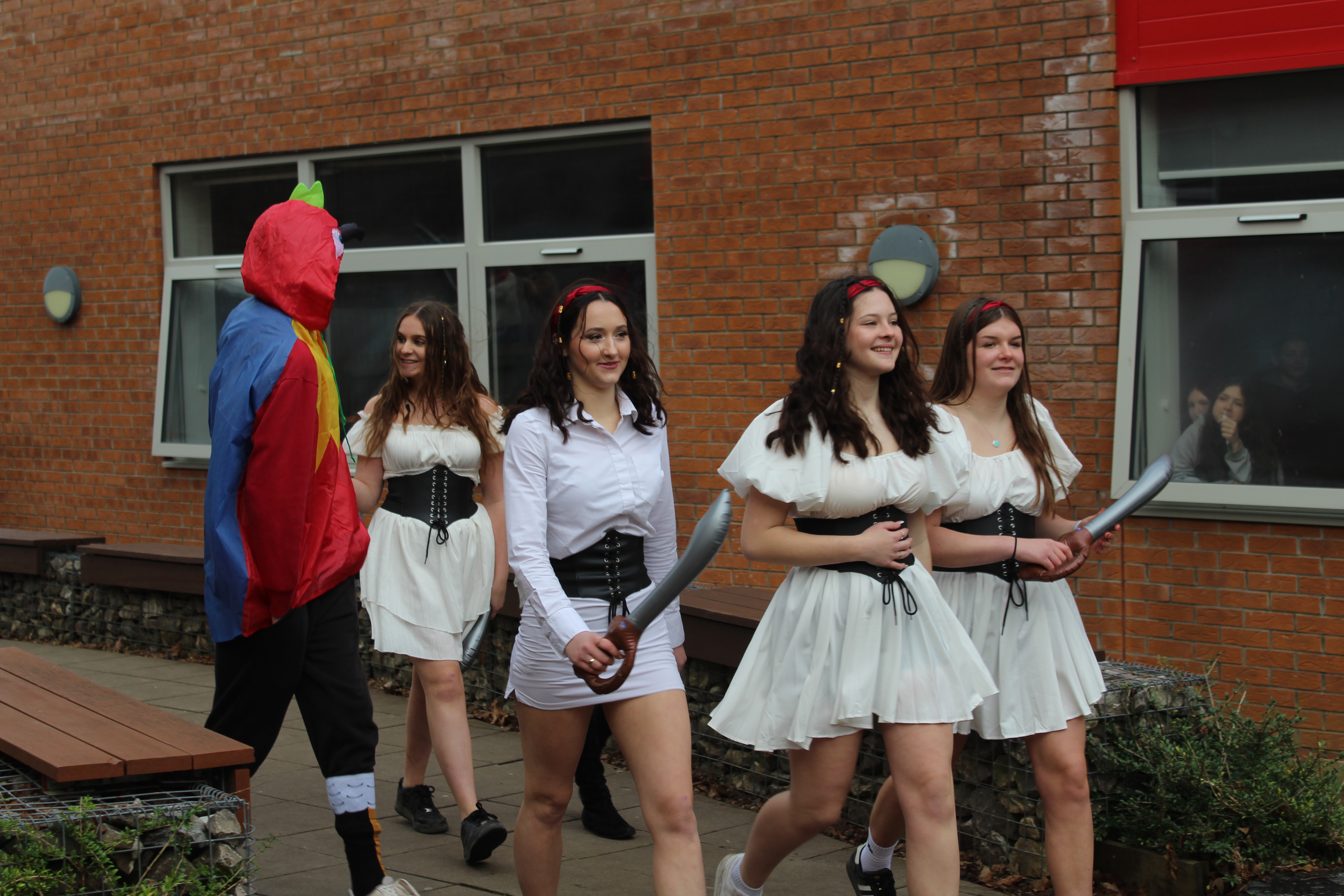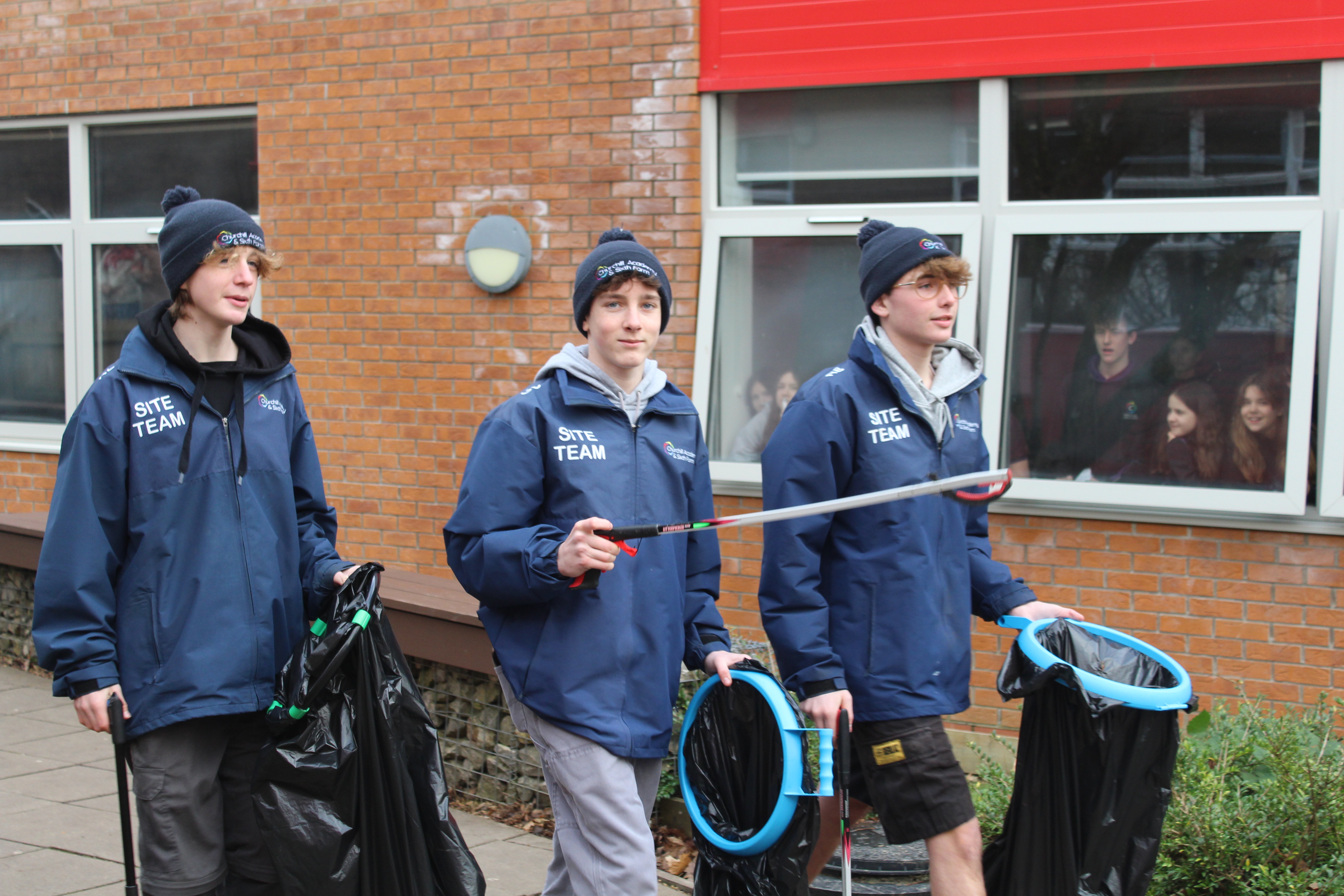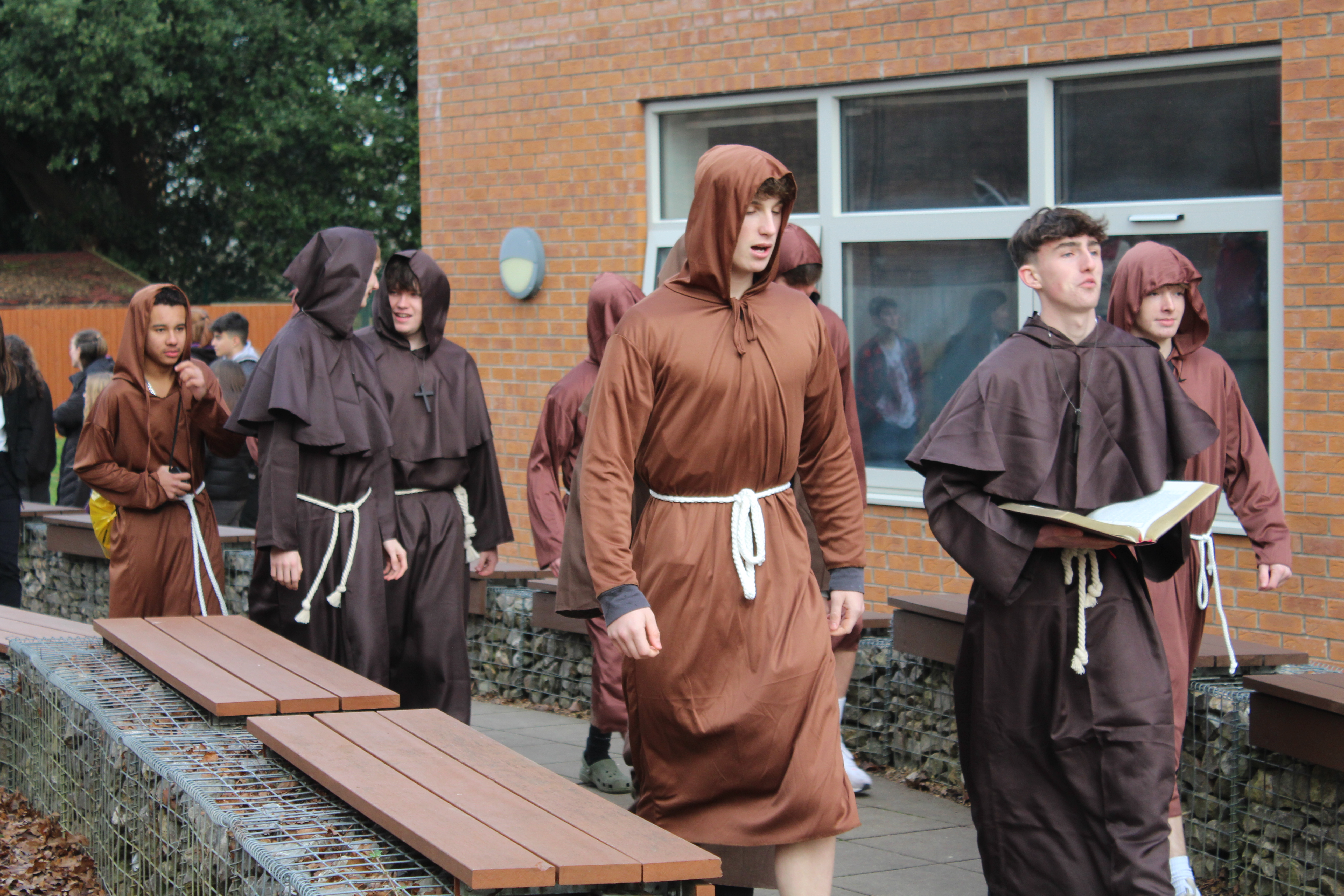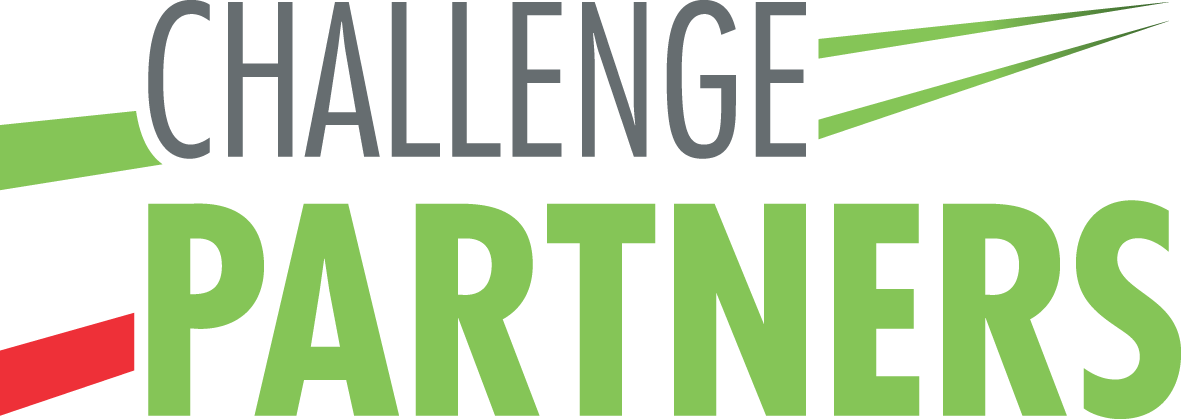
Challenge Partners carries out school evaluation work across the UK. School leaders are trained to carry out review activities in one another’s schools. Leaders from Churchill Academy & Sixth Form have visited five different schools across England to carry out reviews, and in return we had five reviewers from schools across the country visit us just before Easter to review our Academy.
The review took place over three days at the end of Term 4, and involved thorough scrutiny of documentation and data, visits to lessons and tutor times, meetings with staff and students, and discussions with governors. It was a testing and searching process, but very helpful to us in providing external scrutiny on our provision.
Unlike Ofsted, Challenge Partners does not reduce the school to unhelpful single word or phrase judgements. Instead, they provide a narrative report designed to help the school’s continued development and improvement.
We are delighted with the findings. Some highlights include:
- On behaviour: “The school now has established routines that support the calm and purposeful environment. Key Stage 3 pupils said about behaviour, ‘Quite a big change … it’s better now because it means you can do more learning and focus more…classes are quieter and more concentrated.’”
- On relationships: “Across the school, the very positive relationships between staff and pupils create a safe, purposeful and welcoming culture. Teachers know pupils as individuals. They celebrate achievement and effort.”
- On tolerance: “Leaders ensure that tolerance, difference and inclusivity are promoted through curriculum design across the school. Pupils’ voice, related to their perceptions and experiences, is valued and used to inform [professional development]. The school has developed cultural celebrations to further recognise diversity, including neurodiversity and LGBTQ+.”
- On curriculum and progress: “The curriculum is continually reviewed to ensure that it is broad and challenging for all pupils…In 2023, pupils at the school made better than national rates of progress.”
- On disadvantaged pupils and pupils with additional needs: “Vulnerable pupils are known as ‘priority learners’ to represent the intention for them to be placed foremost when creating the universal provision. Leaders take a strategic approach to planning for pupils’ needs…A group of ‘priority learners’ who were spoken to appreciate the levels of support provided to them and they felt they could ask for help.”
These are just some of the highlights of an overwhelmingly positive report, which confirms our view that the Academy is in a strong position and that we are continuing to improve. I would urge you all to read the full report, which is published on our website here.




